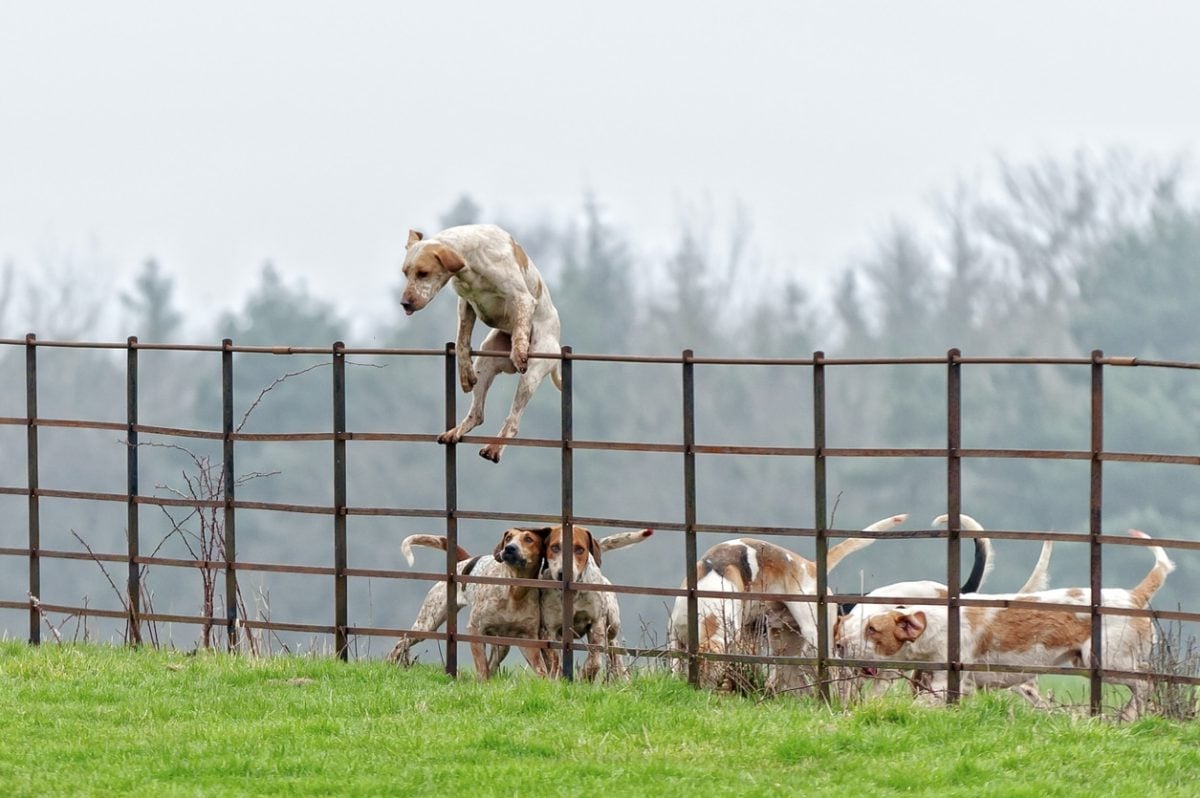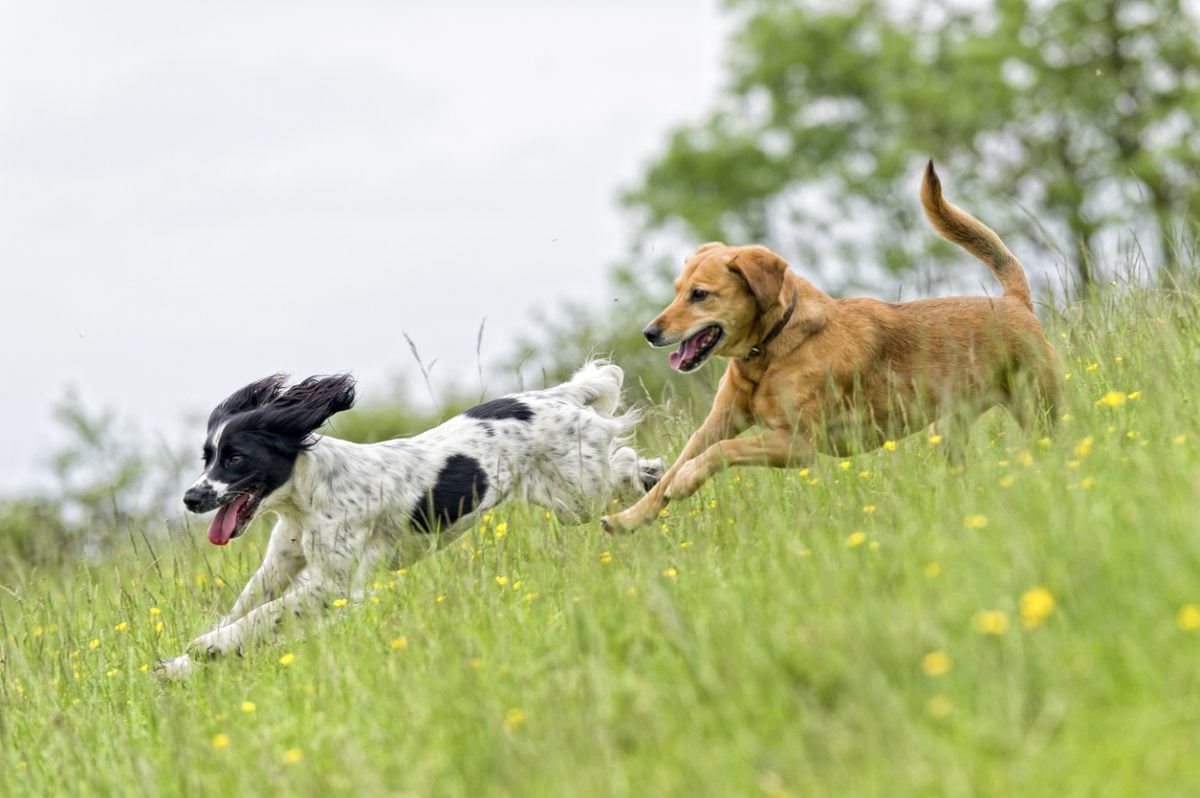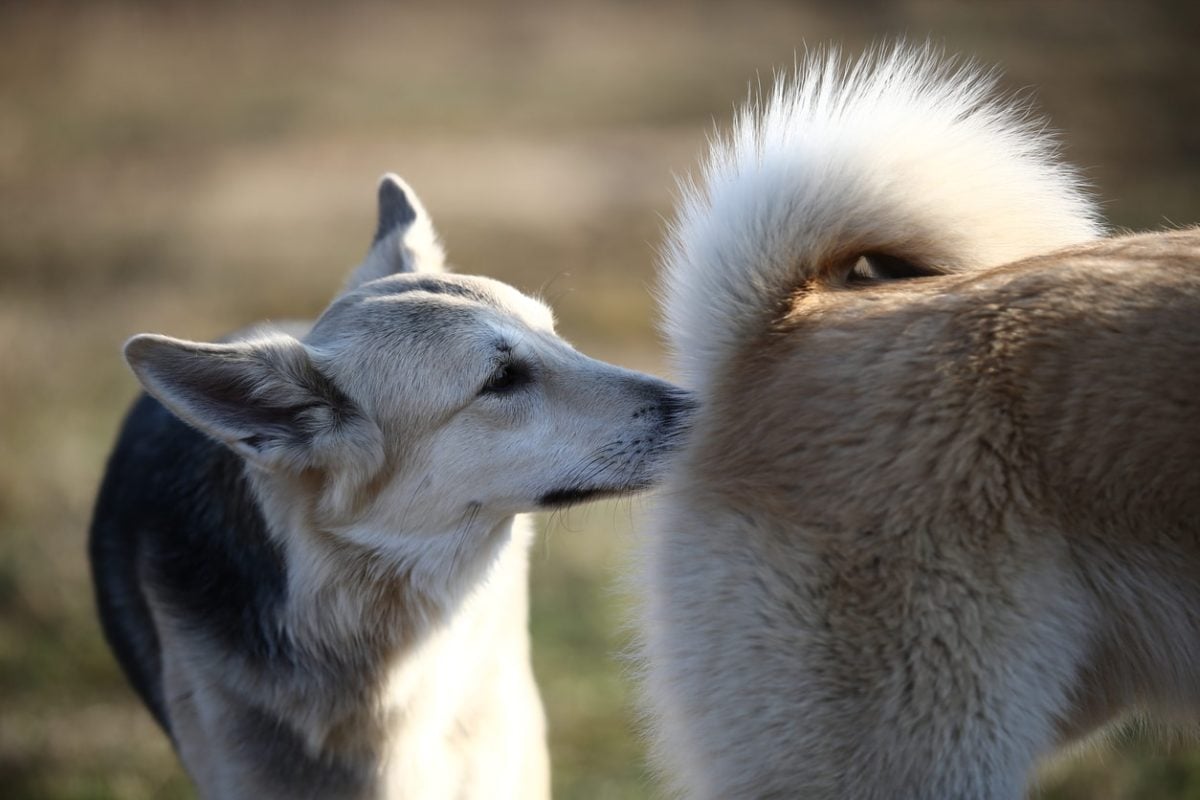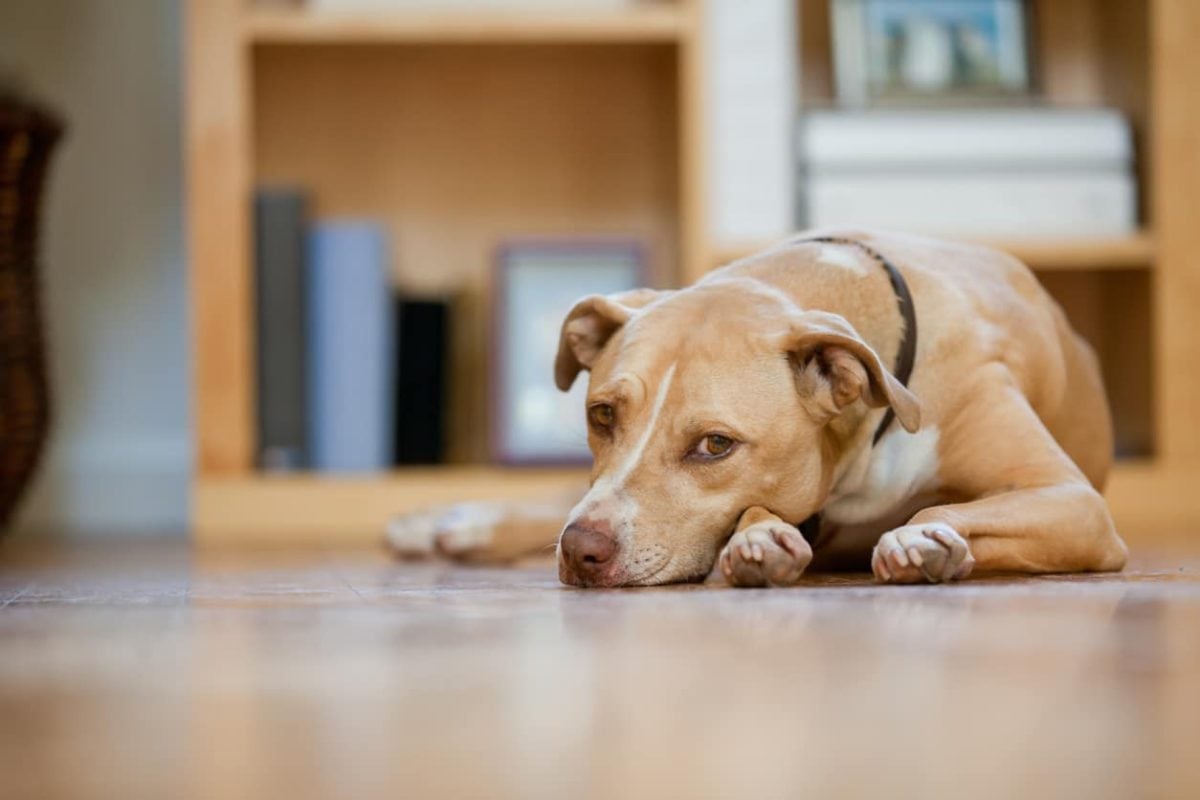CARING FOR YOUR DOG
- This post contains affiliate links. Read more here.
- Not a substitute for professional veterinary help.
This stray dog probably has a family somewhere. According to the ASPCA, “about 810,000 animals” enter the shelter system as lost family pets.
Many Dogs escape from even the most loving and caring owners every year; we hope this never happens to you. The key to averting this concerning situation is prevention. Read on to learn the most common reasons dogs run away, and how to keep your own beloved pet safe.

iStock/dageldog
1. Easy Dog Escape Routes
Though Not every pet is a runner, but genetically, our four-legged friends are built to roam. According to veterinarian Sharon Crowell-Davis of the College of Veterinary Medicine at the University of Georgia,”Most dogs are inquisitive and like to be active, explore, and learn as a species.” A too-low An open window, broken gate, or fence makes it particularly simple for an inquisitive dog to start exploring.
It is, Ofcourse, on a lovely spring day, it’s nice to fling open the windows and doors and let in the cross-breeze. Just make sure those windows have secure pet proof screens or security bars, and put up a baby gate or door barrier to keep your dog from springing out the open door.
Along with keeping an eye on your dog while they’re in the yard, you should also routinely inspect the fence for gaps or weak areas.

iStock/dageldog
2. On the Chase
My dog Radar has an incredible prey drive. He would chase a squirrel straight up a tree or run as far as his little legs could carry him in search of a stray cat if I didn’t keep him wearing a double collar and harness at all times.
Some Dogs could care less about running after potential prey, but if your dog likes to chase, it’s important to take extra precautions to keep him safe. A prey drive is hardwired, regardless of how careful we are as owners, so prevention and the right tools can help keep your dog by your side (and safeguard smaller neighbour hood mammals).
Check our guide to walking for helpful tools for leash control, and don’t forget to practice that recall command!

iStock/Aleksandr Zotov
3. Nature Calls
A dog’s strong reproductive drive can be seen in intact males, who are particularly motivated to roam in search of a mate. Naturally, even the most rational, well-mannered dog can succumb to overwhelming urges. If your unneutered Tramp and the neighbor’s unspayed Lady are both hanging out on the sidewalk and she happens to smell something, your unneutered Tramp might feel compelled to mate with her. In pursuit of marital bliss, they might even walk through the fence and down the road together.
Obviously, safe fencing and supervision can stop a hound from running away. The simplest “fix” of all is to get your dog neutered or spayed as soon as possible! One study that examined neutered dogs found that “90% of the dogs had reduced roaming.” Your dog’s hormones will become much less volatile once they less likely to go chasing neighborhood tail.
There is some flexibility in the timing of having your dog fixed; while most veterinarians concur that a dog can be spayed or neutered as early as eight weeks, others advise delaying until the dog is six months or older to allow for proper development. You can find out more information here, and if you decide not to get your puppy fixed right away, you should exercise extra caution when letting them go outside alone.

iStock/AMR Image
4. Boredom
Dogs aren’t always drawn to the outdoors; sometimes, boredom drives them out of the yard. By providing “the three E’s,” you can help your dogs exploratory instincts subside:
- Exercise. At least one good walk during the day (the duration and intensity of a “good walk” will very depending on your dog’s age and activity level) can help calm your dog & set them up to relax while you are out of the house.
- Enrichment. Give your dog’s brain a workout with puzzle toys and games.
- Entertainment. A dog that is alone has a higher probability of getting bored and looking for better pastures. Give your dog plenty of opportunities for socialisation and exercise. For certain dogs, this might just mean finishing the day together on the couch. If you have a higher-energy pup, consider doggy play dates or trips to the park to burn off the blahs.
A note of caution about regarding yard time: of course, a yard can be a great tool for exercising, enriching, and entertaining your dog! Just remember to limit yard time to when you’re home and can supervise your dog (and double-check those gate latches).
5. Scary Sights and Sounds
Fireworks are the biggest source of terror for dogs and many other pets among all the sights and sounds they can encounter.
Loud noises, bright lights, and big crowds can frighten even the happiest dog. It goes without saying that you should enjoy the holidays with your loved ones. However, you might want to think about keeping your dog safely inside your house while the festivities go on somewhere else.
Scary sounds and sights aren’t limited to holidays. Thunder, gunfire, and car accidents can all send a scared dog running. If your dog spook’s easily, there are several simple things you can do to keep them secure throughout the year:
- When your dog is outside, make sure they are properly restrained by a collar and leash (you might even want to use a backup collar or harness if you know you’ll be in an area where there could be fear triggers). You can use a secure carabiner to attach collar to harness.). Scared Fearful dogs have the tendency to pull out of loose collars, which explains why so many stray dogs are discovered in the naked state.
- Work on recall training every chance you get! When a dog is scared, she might not react to her name, but the easier it is to call her back, the more innate her recall response becomes.
- Make a den or “safe space” for your dog at home; a room or crate with a door that closes is ideal. During thunderstorms and boisterous parties, keep your dog inside, and make sure all of the windows and doors are locked and secured.
- Try a Thunder Shirt or other calming treat or pheromone spray to help soothe your dog in stressful times.
As curious as dogs can be, they are also social animal’s who love to stick by their people. With a little foresight & prevention, you can keep your dog safe at home.
If the unimaginable happens and your dog does run away, don’t panic. As the ASPCA notes, over 7,00,000 lost dogs are reunited with their families each year. Keep your dog’s ID tags & microchip information up to date, and consider investing in new technology to track missing pets (click to learn more about amazing tools for locating lost pets).
For instance, try signing up for the Next door Pet Directory to help your neighbors virtually “meet” your dog and understand his quirks.
A little preparation can go a long way towards a happy ending for you and your 4 legged best friend.
